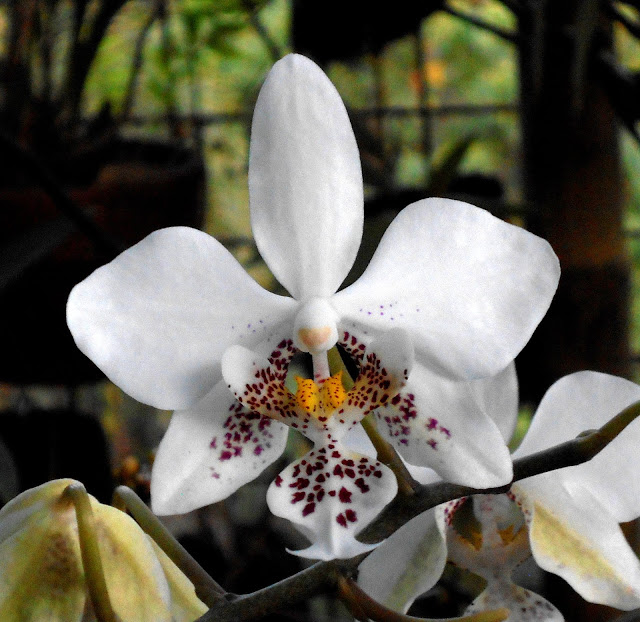The case of the Amorphophallus-squatting Begonia

By some stroke of luck, I discovered that there is a still undescribed Begonia lurking in the mountains behind my property. Belonging to section Petermannia , this plant sports dark, satiny leaves with wavy margins and decorated with a silvery stripe running the length of each leaf. My growing efforts have been dismal; they would root from cuttings (not without some difficulty) but will collapse with nary a warning, sometimes when still small, sometimes when already at flowering sizes. But the most frequent cause of their demise is when the roots are disturbed. I found this out the hard way: cuttings were naturally potted in appropriately sized containers, but when moving them to a larger pot became necessary after roots have formed, that is when tragedy often strikes. Nevertheless, to my delight, I would often find stray plants growing in various areas around the house; these are without a doubt germinated seedlings from the first plants. Since these are very precious plants, I ne




